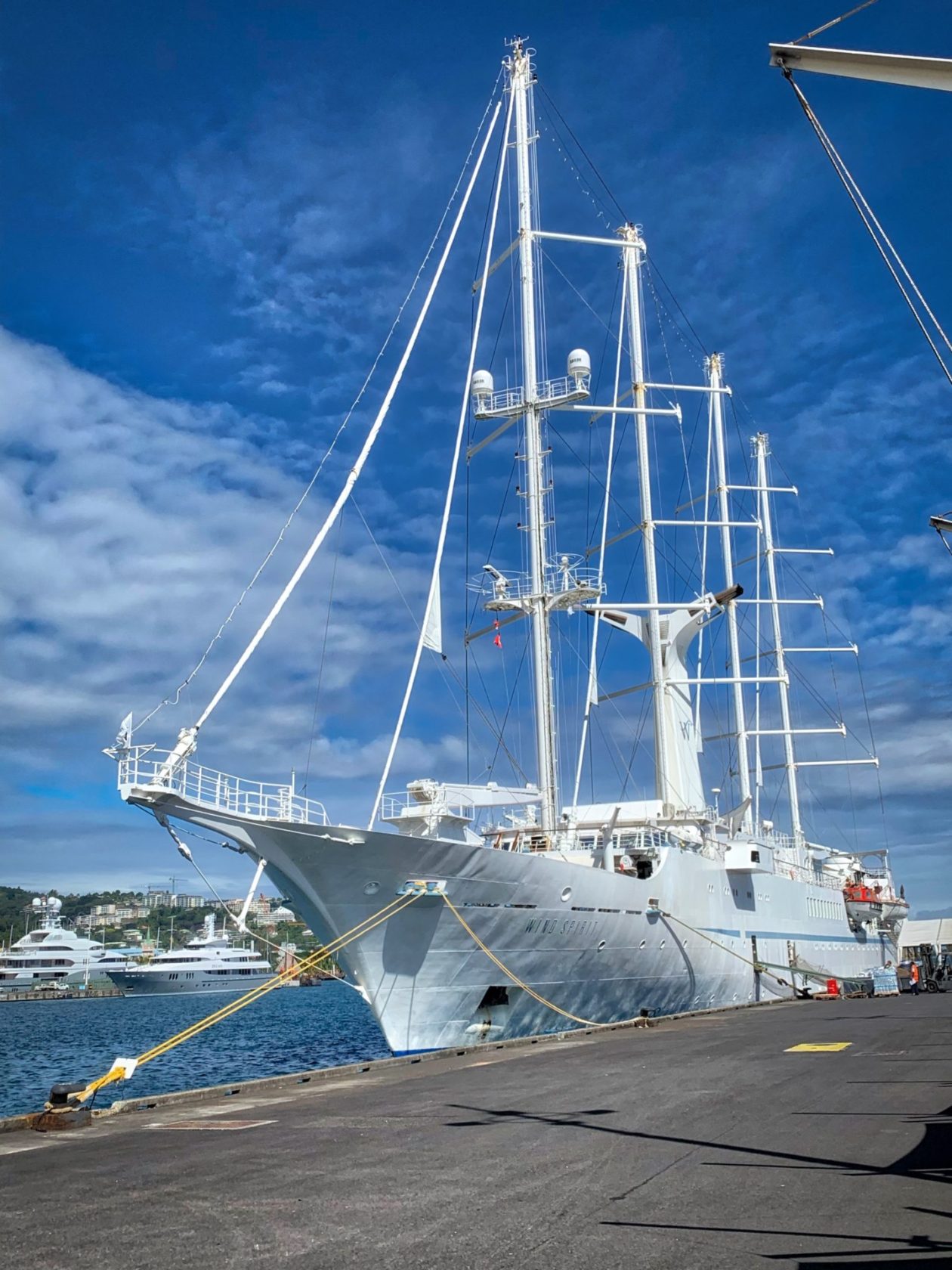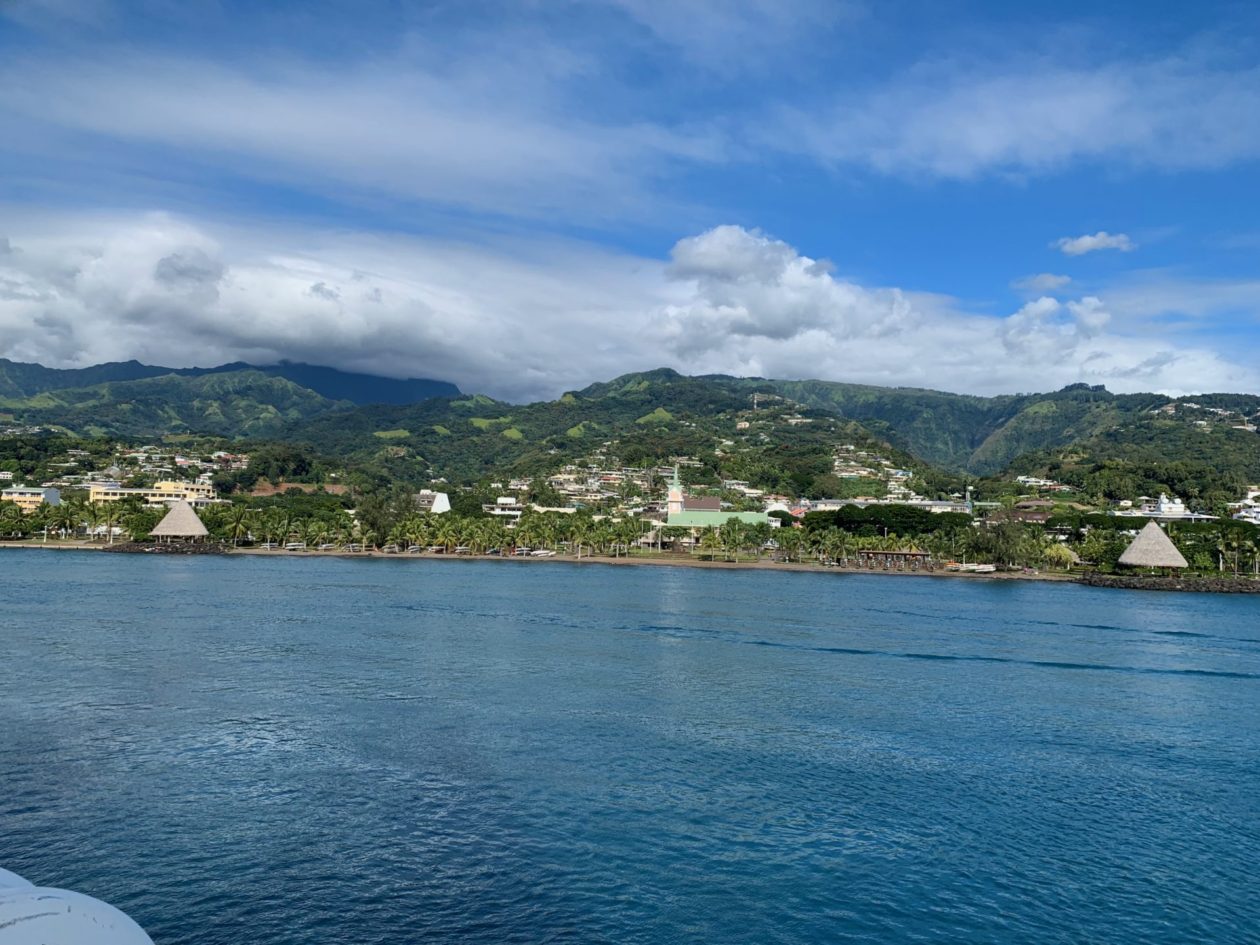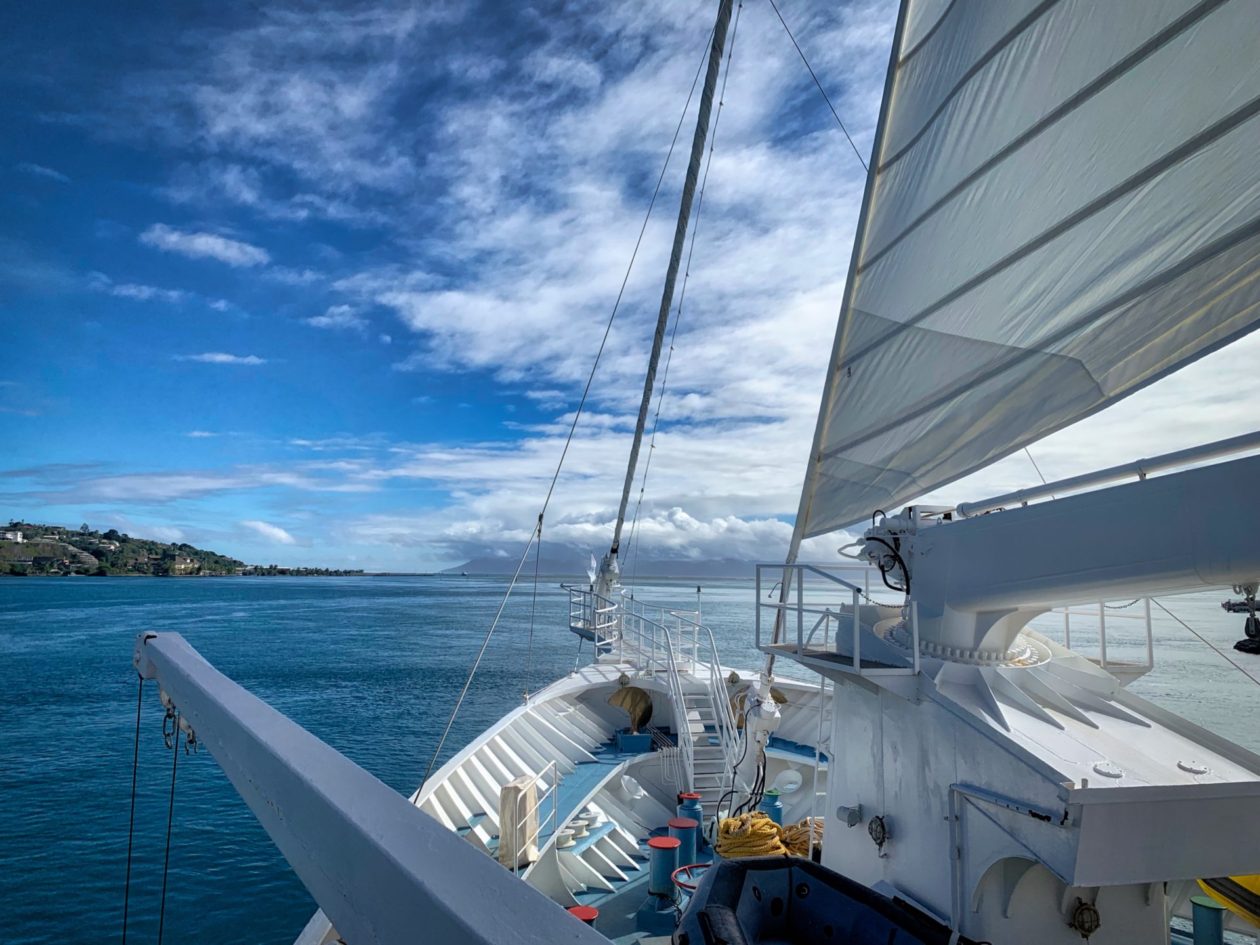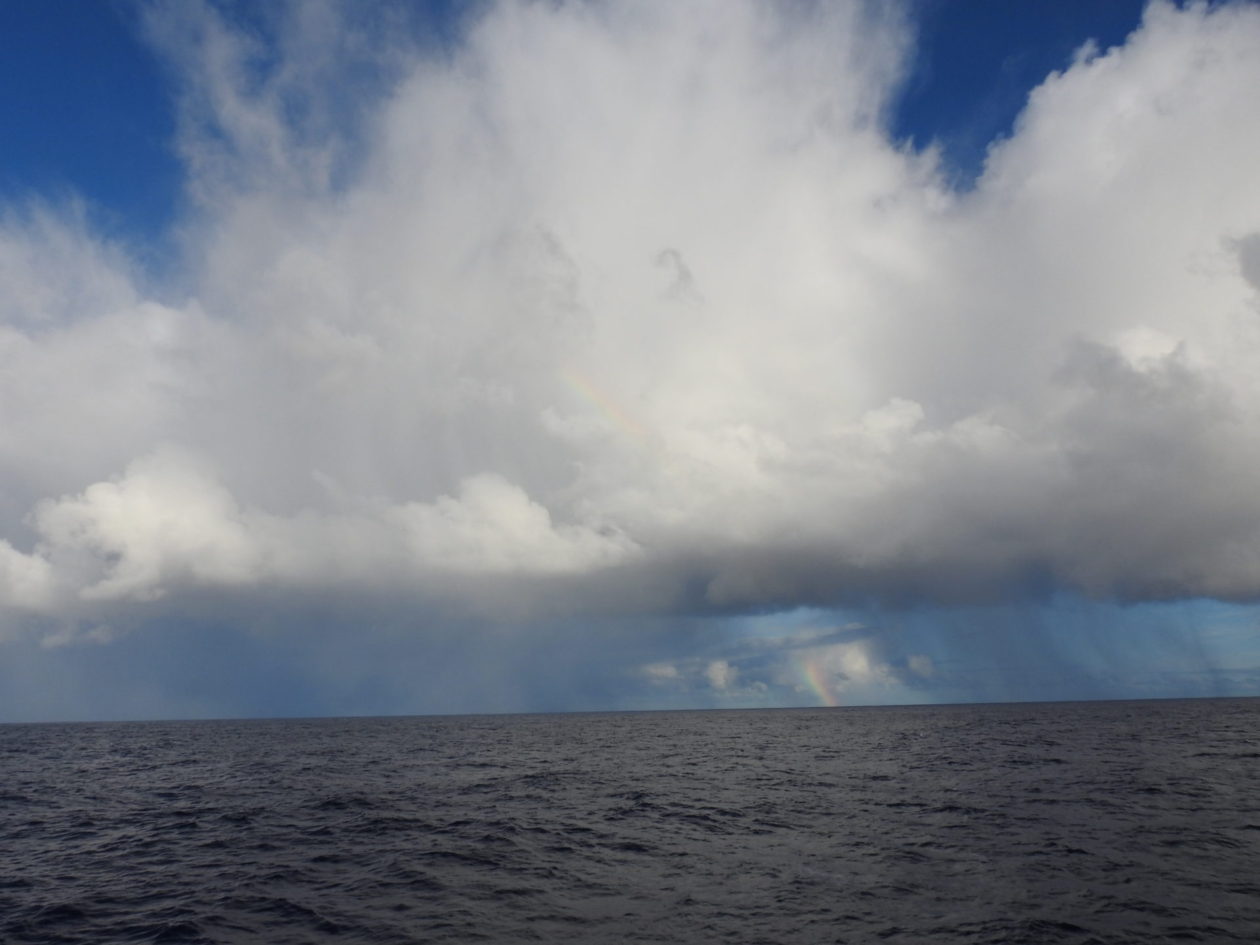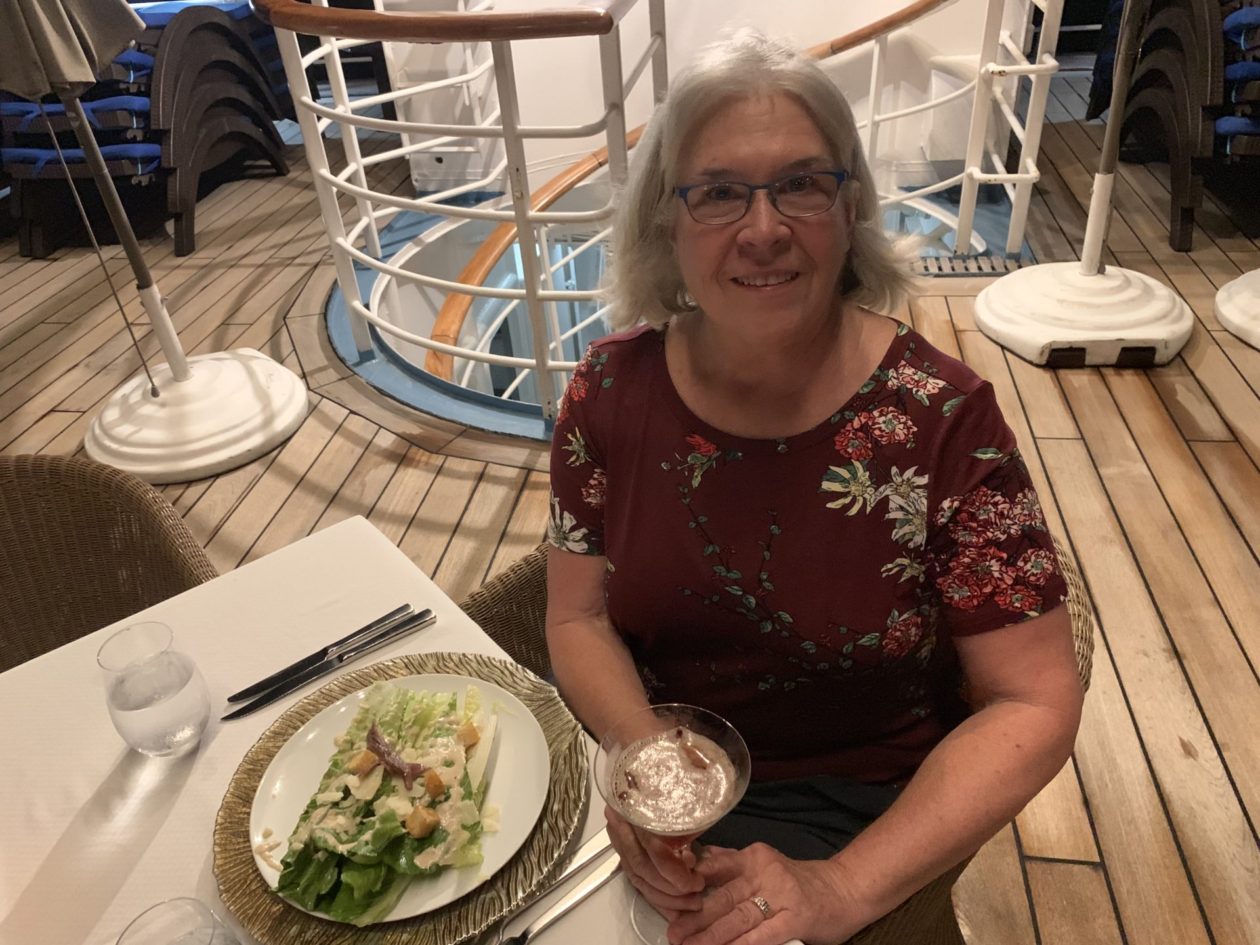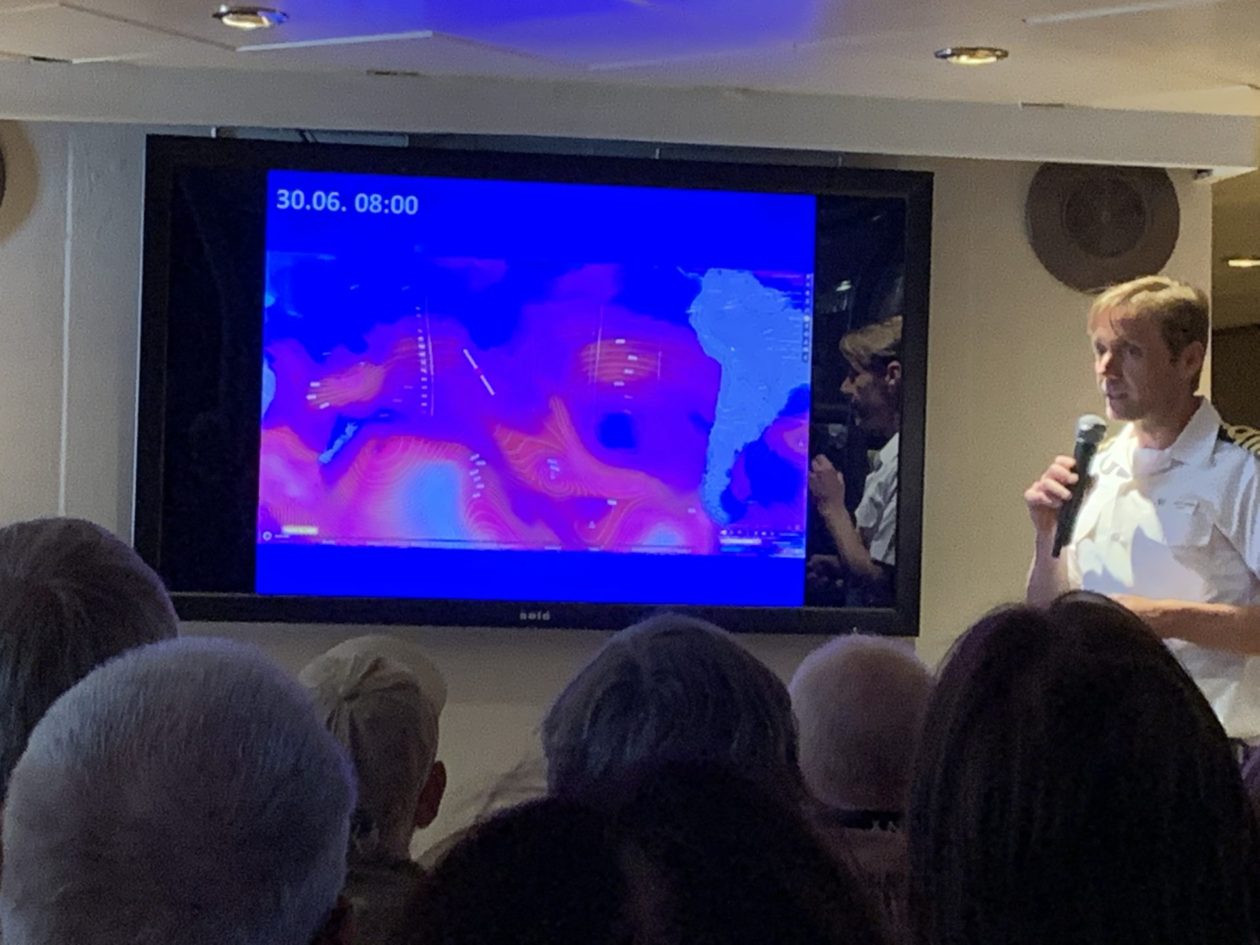- Tahiti Part 1
- Chasing the elusive total solar eclipse!
- Moorea, disaster, return to Tahiti, and a trip cut short!
The genesis of this trip came from my frustration of not seeing 2017’s total eclipse in Oregon. We heard the traffic was going to be an absolute nightmare, so we decided to stay in Seattle to see the 96% complete eclipse. I’ve got news for you — it’s either all or none. So immediately after the eclipse, I contacted Paul Gaugin cruises thinking I was giving them a helpful suggestion that they should consider a cruise for the 2019 eclipse in Tahiti. Rather than thanking me for this brilliant suggestion, they gave me a number to call. Calling that number got us a place at #77 on the wait list. The cruise had been planned months before and sold out in no time. What I didn’t understand was that there was a whole area of specialty travel focused on eclipses. I had never heard of that. Luckily, Windstar was putting together an eclipse cruise and we were able to get one of the last spots.
Having no idea of what to expect, we waited in line to check-in to the Wind Spirit and started to chat with everyone else. While there were a few of us eclipse “virgins,” most were grizzled vets. One couple from Melbourne, Australia said that this was going to be their 29th eclipse — going to eclipses in places like Libya, Iraq, China, etc. This is the expedition leader’s 74th eclipse (but he does all types of eclipses — some people believe that anything but a total shouldn’t b counted). And then the vets started comparing each others’ records and testing each other a bit. It was a little like comparing scars — “Oh yeah, well check this one out. I got this one fighting the…” You get the picture. Deb and I looked at each other and wondered if we had made a mistake in coming on this trip. But it turned out that there were at least ten other “virgin” couples and the grizzled vets were nothing if not accommodating, helpful, and friendly.
After a dramatic departure from Papeete Harbor, we started off on our journey. Literally as soon as we cleared the lee of the island of Moorea, both the seas and winds picked up pretty dramatically. They would continue to grow throughout our trip, making things a bit uncomfortable for the passengers. What was interesting, though, that many of the crew had never experienced these types of conditions, spending all their time sailing between the French Polynesian islands that tend to be pretty well protected. Having said that, the crew bent over backwards to keep us comfortable and cared for. Lectures during the day were generally well attended. Many dealt with astronomical theories and were very technical (lot of PhDs in the crowd). Others were “vacation slide show” presentations on past eclipse expeditions. It turns out that many of the grizzled vets bump into each other in far flung locations as they pursue their hobby.. I noted that I was surprised I had never seen any type of article about eclipse travel in travel magazines and was really surprised by the scale of it. I was informed that there indeed been articles on eclipse travel, and when asked which magazines they showed up in, I was told “Sky and Telescope.” Yep, it’s that specialized. Evenings were generally spent either listening to lectures, watching entertainment, and dancing. This latter activity is made very hard by the constant rolling of the ship. By the hale and hearty gave it their best shot!
Trying to arrive at the center of totality at the right time with reasonable weather and seas turned out to be much more of a challenge than I would have thought. The expedition leader (Paul) was in constant communication with the captain, and they collectively planned at least three different viewing locations and courses to get there. That was because some serious weather was coming from the south (where it had been for most of the trip) and our originally planned site would have had very rough seas and cloud covered. We ended up traveling more to the southeast which, while taking us away from the worst of weather, it meant we had to skip our scheduled stop at the small island of Rapa (population: 500, they rarely ever see people). In any regard, given the high seas that were coming, the decision was made to go south of our viewing location and then reverse course in the middle of the night that would give us both winds and seas from the stern, making the ride more tolerable.
Eclipse Day dawned with cloudy skies, high winds, and 15 foot seas. Things were looking a little grim as to whether we were going to see the eclipse at all. But with some clever course and speed changes, we got to see it all. Having seen a nearly full eclipse before, we were ready for the increasing darkness, shadows, etc. But as the sun came out from behind a cloud just as the eclipse entered totality, it was like someone had turned off the light. People were cheering, hooting, hollering, and pretty much every other vocalization possible. Most of the grizzled vet eclipse watchers acknowledged that this was one of the more dramatic eclipses they has seen with all the clouds, rain, etc. It was pretty breath taking! We learned that there are lots of characteristics of eclipses to look for, including “diamond rings” (the bright spots that are the first to emerge – or last to depart the total eclipse, “prominences” (large, bright features that are anchored to the surface of the sun and radiate outward into the sun’s corona), and “Baily’s Beads” (some really bright “beads” on the edge of the moon that are caused by the sunlight passing through deep valleys of the moon). Anyway, Deb took a lot of photos and I took video (a bit tough to keep the eclipse in frame with the ship rocking and rolling). It turned out we did pretty well as newbies. The good news was everyone shares all of their photos with everyone else, so even those who took no photos would come back with some impressive work. I should say that another ship (the Paul Gaugin) left before us and decided to go to a location near Pitcairn Island (Fletcher Christian land) for a longer potential totality period. Unfortunately for them, they neither got to set foot on Pitcairn nor did they see the eclipse. Maybe there is a wee bit of poetic justice there…
The four day trip back was pretty anti-climatic — the waves and wind increased, the anticipation was satisfied, and people started nesting more and more. Our one bright spot was sailing around the Austral Island of Raivave, a beautiful, mountainous oasis. It’s rated as the prettiest of the Austral Islands, but unfortunately neither the seas state nor our schedule allowed for a visit. We were later watching the 1962 remake of Mutiny on the Bounty, and actually saw the profile of the island in the background. Cool! I should mention that I started coming down with a cold on the second day out of port and it developed into an upper respiratory infection. Luckily, there was a doctor onboard, but it still made things somewhat miserable. So I guess it comes to this — was spending 9 days at sea, fighting high winds and seas to see a total eclipse that lasted 2 minutes and 43 seconds worth it? I guess the short answer is “yes.” The sheer glee and excitement of everyone onboard (many of whom had scene multiple eclipses in the past) was infectious. This is one of nature’s rare treats and when you know what to look for, it is even more exciting. Would we do this again? I think the next one we do will be on land — maybe in Mazatlan in 2024.
With the safe arrival in Moorea, the next phase our our adventure begins — exploring some of the islands of French Polynesia!
This entry was posted in Cruising, French Polynesia, Travel